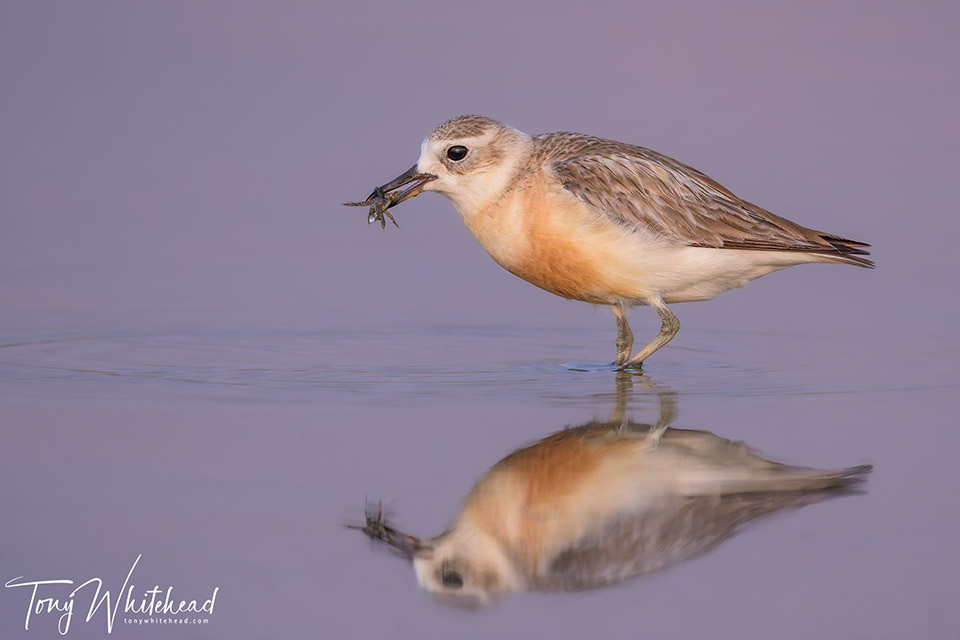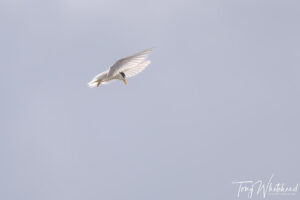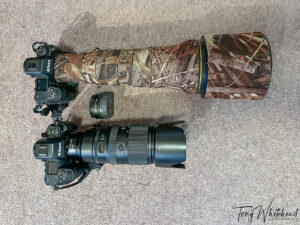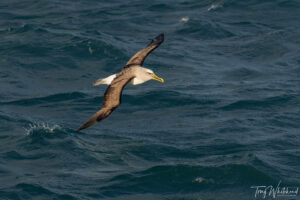One of the quickest ways to improve your bird and wildlife photography is to get down low. A low shooting angle improves background separation and gives a more engaging eye level view of your subject. I have written about this previously in Bird Photography Tips – Low Shooting Angle and If Low is Good is Lower Better. There are times though that low is worse and it is important to always keep the big picture in mind.
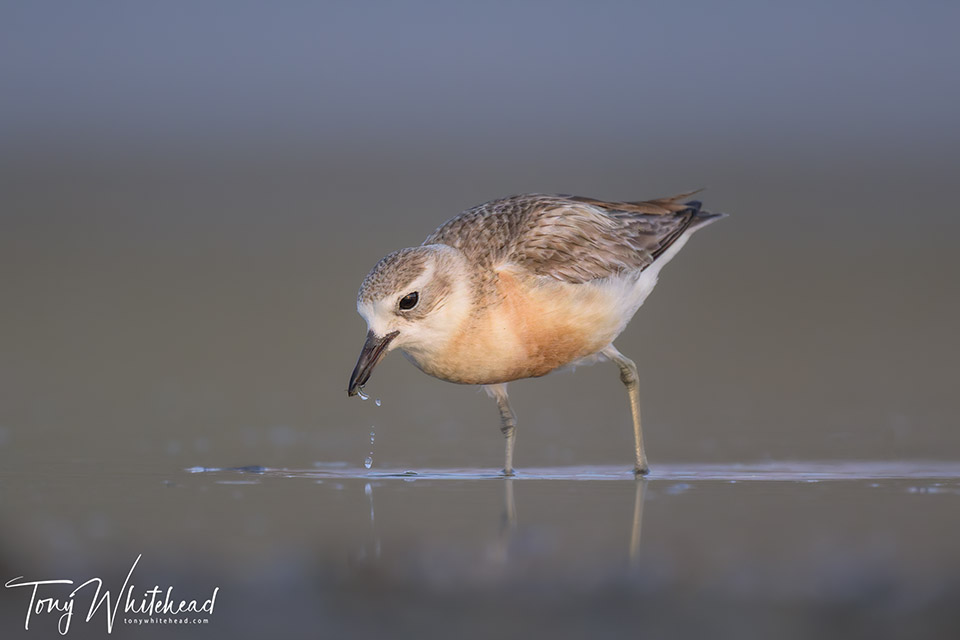
Recently while photographing at an estuary at sunset I was using my normal low approach with my camera resting on the sand to get background separation. Once the sun set beautiful colours rose with the belt of Venus in the eastern sky and the only way to include this in my images was to elevate my shooting position a little. An added benefit was that this made the most of the reflection on the calm water and removed out of focus foreground that was distracting.
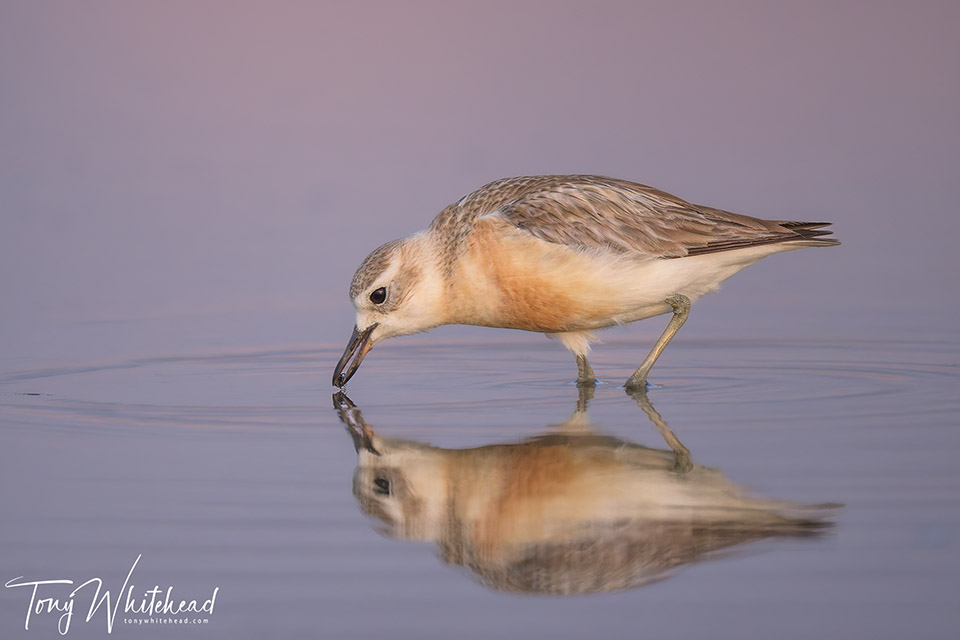
Photos with Nikon Z9 and Nikkor Z 800mm f6.3 VR S
